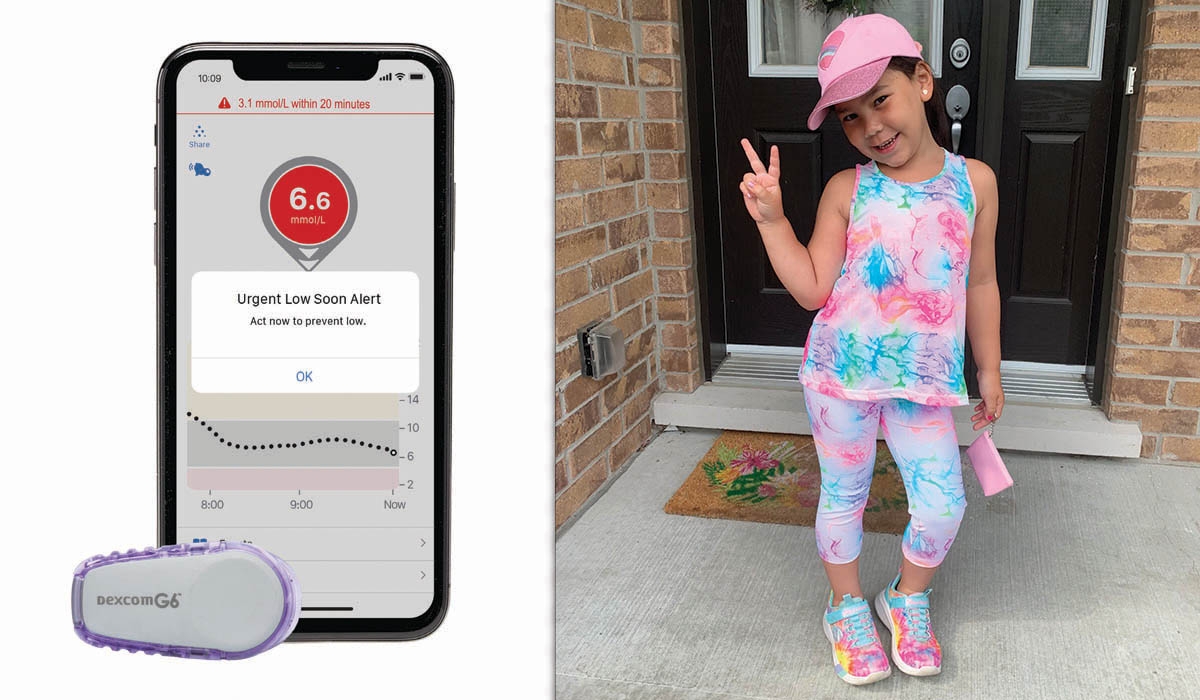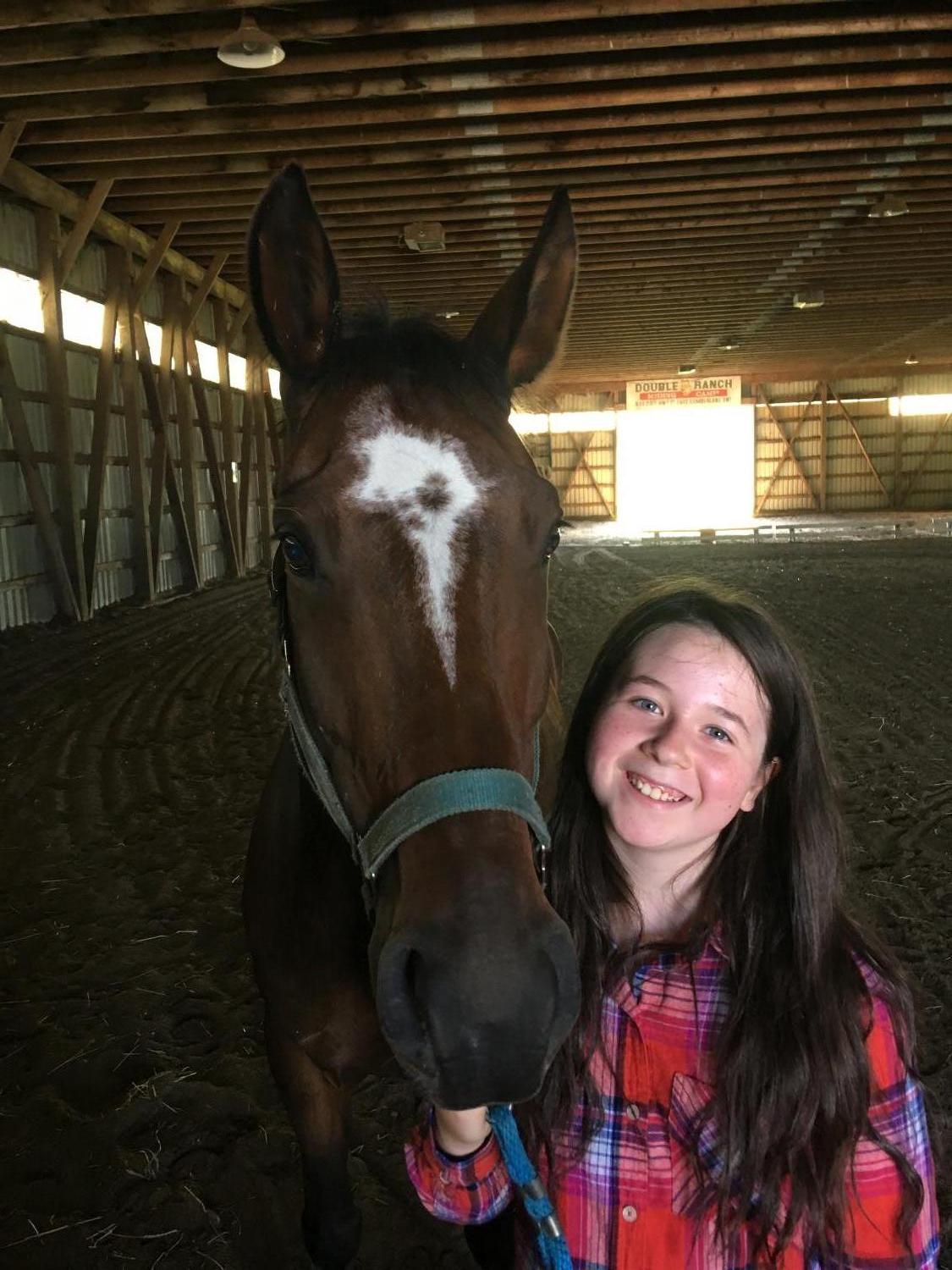
When frontline heroes deal with health challenges at home
Frontline workers have been the heroes of the pandemic, but what is life like when they face family health challenges of their own? That is the case with Karen and Dave Henderson, both RNs at the General campus and parents of 6-year old daughter Sarah, who has been Type1 diabetic since the age of three.
When Karen and Dave learned about Sarah’s condition in 2018, the news landed like a load of bricks. “I honestly thought it was a UTI, just because she was voiding almost every hour,” Karen recalls. “I noticed she was always thirsty at night time. I took her to CHEO where a blood sugar check in triage revealed high levels. Sarah’s was 27 and normal is 4 to 7. David was working at the General and I told him you need to get here right away,” she says with emotion in her voice.
Treatment for Sarah began that day with a CHEO endocrinologist. As nurses, Karen and Dave care for patients as part of their vocation, but it was a very different feeling to be facing a serious diagnosis with their young child. Both were in shock, and, like any bad medical news, in immediate disbelief. “The first three months were hard. I gave injections twice a day, then up to four. But kids are just so adaptable, I was just so proud,” Mum says. “She’s just come so far in the last three years,” Dad adds. “She hated the idea of getting needles at first. She’d scream out ‘I don’t want to be a diabetic anymore!’ so she’s had to face a lot.”
Sarah has a younger sister Vanessa who was 10 months old when Sarah was diagnosed, so suddenly everything had to be adjusted at home and at work. Nurses work in 12-hour shifts and are lucky to sit down for 10 minutes. It’s gruelling, especially during an international health emergency.
David continues to work full-time while Karen changed to part-time hours to spend time at home with the children. Sarah is a typical child, full of energy and in constant motion, so it was hard to tell when she was on the verge of being low glucose. Only a regular finger poke would tell them for sure. It was non-stop monitoring, day and night.
The Hendersons were using a monitoring product called Freestyle Libre, which was covered by their insurance, but with that particular system they would have to scan Sarah regularly. “At one point we didn’t know that Sarah was hypoglycemic, meaning low, and we didn’t know because she had no symptoms, we wouldn’t have treated,” Karen says. “So that’s when we got the Dexcom in the fall last year, and it has literally been a lifesaver. It tells our phones her glucose status, which helps us identify when we need to intervene using the Omnipod pump, which is cordless.”
The Hendersons currently pay out of pocket for the Dexcom G6 Continuous Glucose Monitoring (CGM) system and are willing to take on the financial burden. That’s on top of the financial hit from Karen needing to reduce her hours.
The G6 has made a world of difference. It provides them with more peace of mind and better control over Sarah’s diabetes management at home and at school, in comparison to other glucose monitoring systems. They’ve fought very hard to obtain coverage for CGM through their insurance at work, writing appeal letters and waiting for answers, to no avail at this point.
Medical professionals are acutely aware of disease-related complications, and diabetes is no exception. There are always questions, always worries about what’s down the road, but the Hendersons are all in it together.
Dad happily reports that “Vanessa is now walking, talking, running, and beating up on Sarah all the time. Vanessa grew up with the routines and takes care of her big sister whenever she has to get her sensor changed. She holds her hand and says ‘it’s OK’ and is always there to help her cope and stay happy.”










